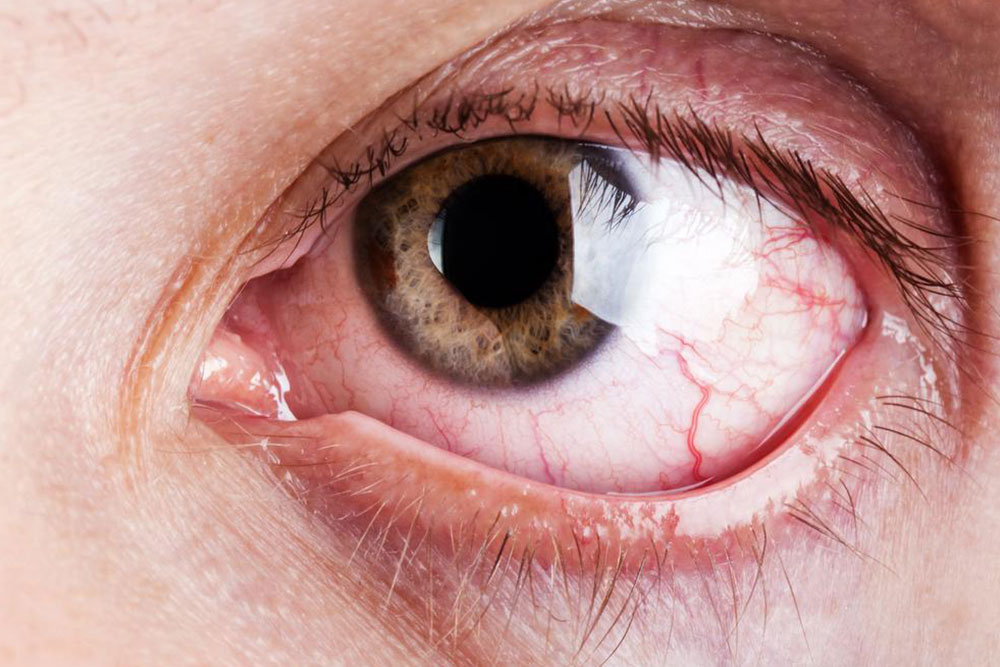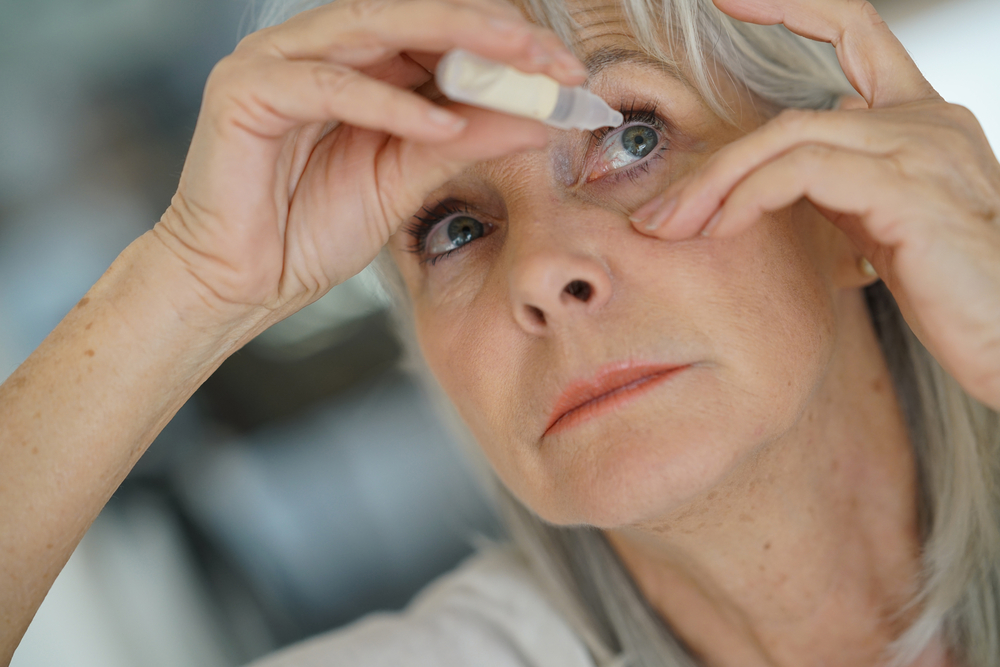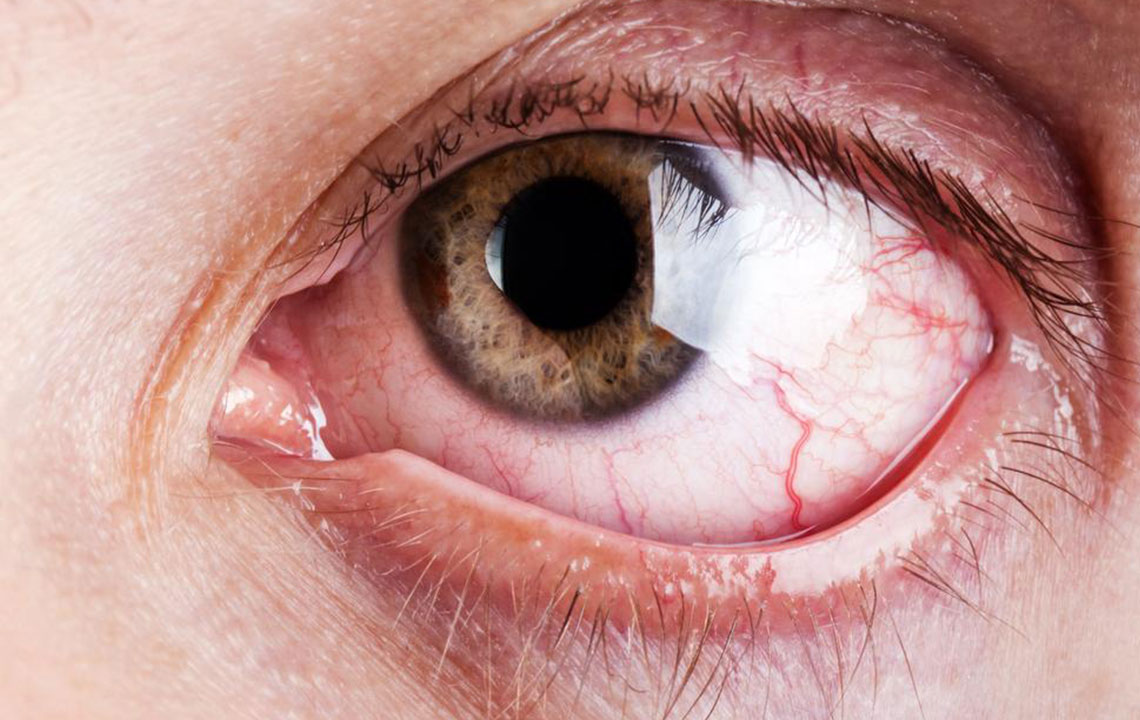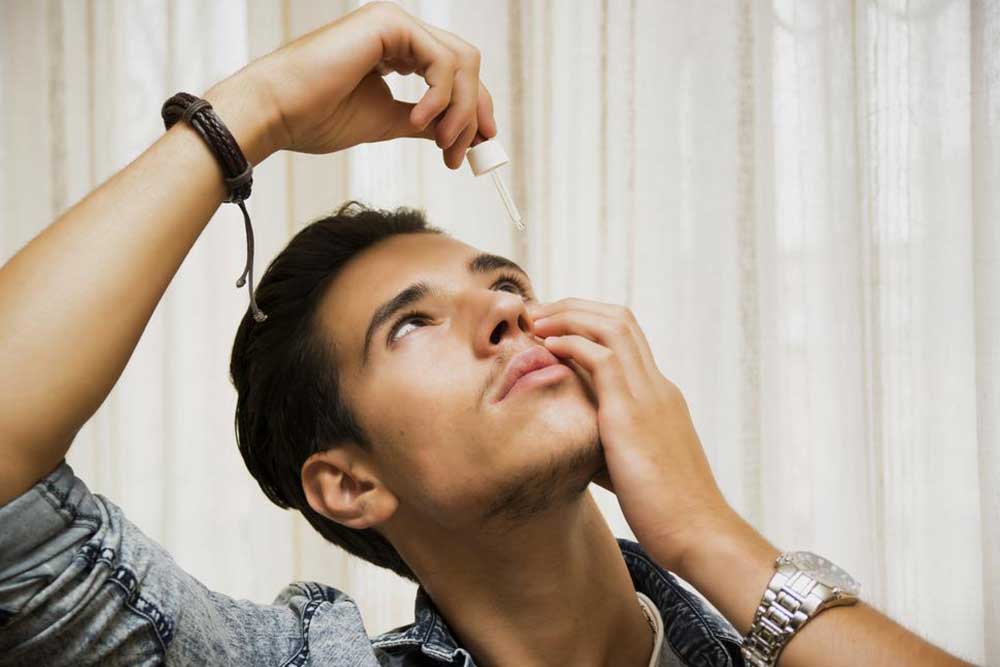Understanding Chronic Dry Eye Syndrome: Causes, Risks, and Prevention Strategies
Dry eye syndrome is a widespread condition caused by diverse factors like aging, hormonal changes, medications, and environmental influences. Understanding these causes helps in effective prevention and management. This comprehensive article explores the primary reasons behind persistent dry eye, along with prevention tips. Recognizing symptoms early and consulting eye care professionals can greatly improve quality of life and prevent future complications related to eye dryness and irritation.
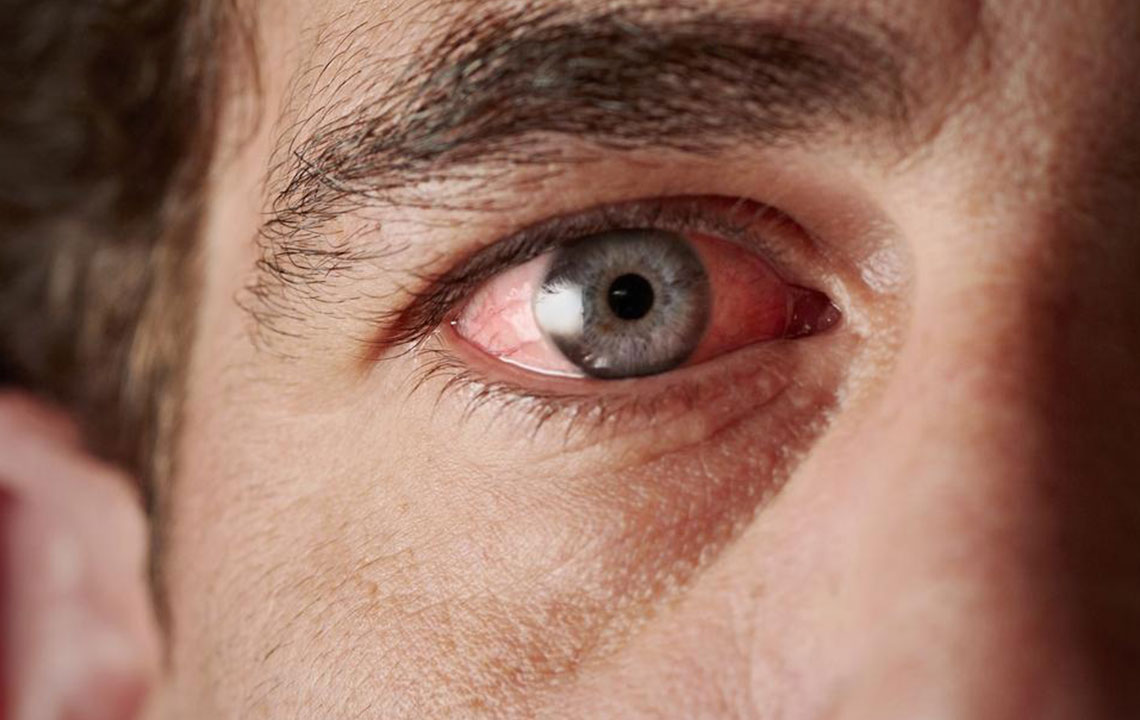
Comprehensive Overview of Factors Causing Persistent Dry Eye Syndrome
Dry eye syndrome, also known as keratoconjunctivitis sicca, is a common condition that affects millions of individuals worldwide. It occurs when the eyes do not produce enough tears or when the tears evaporate too quickly, resulting in uncomfortable symptoms such as dryness, redness, irritation, and sometimes blurred vision. Chronic dry eye can significantly impair quality of life and may lead to more serious ocular surface problems if left untreated. Recognizing the multitude of factors that contribute to this condition is crucial for effective prevention, timely diagnosis, and appropriate management.
Primary Causes and Contributing Factors of Dry Eye Syndrome
Dry eye syndrome is a multifaceted condition with various underlying causes that can be broadly categorized into physiological, environmental, and lifestyle factors. Understanding these causes can aid individuals and healthcare providers in developing personalized strategies to mitigate symptoms and reduce risks. Below is a detailed exploration of the key factors responsible for persistent dry eye syndrome.
**Aging and Natural Tear Production Decline:** One of the most prominent causes of dry eye is the natural aging process. As people grow older, especially beyond the age of 50, tear production tends to decrease. The lacrimal glands, responsible for producing the aqueous component of tears, become less efficient over time, leading to a diminished tear film. The reduction in tear volume results in dryness, irritation, and discomfort, which are characteristic symptoms of dry eye disease.
**Hormonal Fluctuations and Menopause:** Hormones play a significant role in maintaining eye health. Women are particularly susceptible to dry eye symptoms due to hormonal changes associated with pregnancy, menopause, or the use of hormonal contraceptives. Estrogen and androgen levels influence tear stability and secretion. During menopause, the decrease in estrogen levels can lead to reduced tear production, making women more prone to dry eyes. Hormonal imbalances can also alter the composition of tears, affecting their protective qualities.
**Medication Side Effects:** Several commonly prescribed medications can impact tear production and ocular surface health. Drugs such as antihistamines (used for allergies), decongestants, antidepressants, antihypertensives, and certain diuretics are known to reduce tear secretion. These medications can cause dry eye as a side effect, especially when used long-term. Patients on such medications should be aware of potential eye dryness and consult their healthcare providers for management options.
**Chronic Health Conditions:** Underlying systemic health issues often contribute to the development of dry eye syndrome. Conditions like diabetes mellitus can cause nerve damage affecting tear secretion and alter the ocular surface. Autoimmune disorders such as rheumatoid arthritis, Sjögren's syndrome, and thyroid diseases like hypothyroidism can directly impair tear gland function, leading to persistent dryness. Managing these health conditions effectively is key to alleviating dry eye symptoms.
**Eyelid and Surface Abnormalities:** The eyelids play a critical role in maintaining a healthy tear film. Conditions such as blepharitis (eyelid inflammation), eyelid malpositions like ectropion or entropion, and lagophthalmos (inability to close eyelids completely) can disrupt tear distribution and promote evaporation. Abnormalities in the conjunctiva or cornea, such as surface irregularities or scarring, can also affect tear stability and increase dryness.
**Environmental Influences:** External environmental factors have a significant impact on the severity of dry eye symptoms. Wind, dry indoor heating or air conditioning, low humidity, and exposure to smoke or pollutants can accelerate tear evaporation. Living in arid or windy climates exacerbates the sensation of dryness and discomfort. Work environments involving prolonged screen time or exposure to air drafts may also contribute to dry eye syndrome.
Prevention is always preferable to treatment. Simple measures like using humidifiers, avoiding direct airflow to the eyes, and taking regular breaks during screen use can help reduce dryness. Additionally, maintaining good eyelid hygiene, staying hydrated, and consulting an eye care professional for persistent symptoms are vital steps to safeguard eye health.
In summary, dry eye syndrome is a complex condition with multiple contributing factors. Its development involves natural aging, hormonal shifts, medication effects, systemic health conditions, eyelid structure anomalies, and environmental exposures. Addressing these factors through lifestyle adjustments, medical management, and preventive care can significantly improve symptoms and prevent progression. If you experience chronic discomfort, eye redness, or blurred vision, seek professional ophthalmic evaluation to identify underlying causes and receive tailored treatment recommendations.

